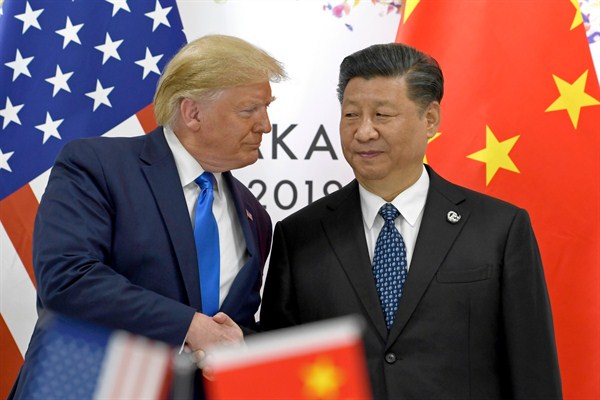America’s foreign policy establishment is at war with itself over the shape of the country’s approach toward a steadily rising China. For now, it is only an epistolary war. But as the debate deepens, its outcome will go far toward deciding how the United States responds to its most serious global rival for economic and geopolitical power for decades ahead.
Among a slew of recent op-eds and policy papers about how Washington should manage the perceived challenge that China represents, two statements stand out as poles in the debate and, as such, deserve extended consideration.
The first, which appeared in early July in The Washington Post, takes on the Trump administration for driving a “downward spiral” in relations with China. While the authors mostly trace this to President Donald Trump’s confrontational approach on trade, they also criticize the administration more generally for treating Beijing increasingly like an enemy, beginning with an early strategy document identifying China as a strategic competitor.

